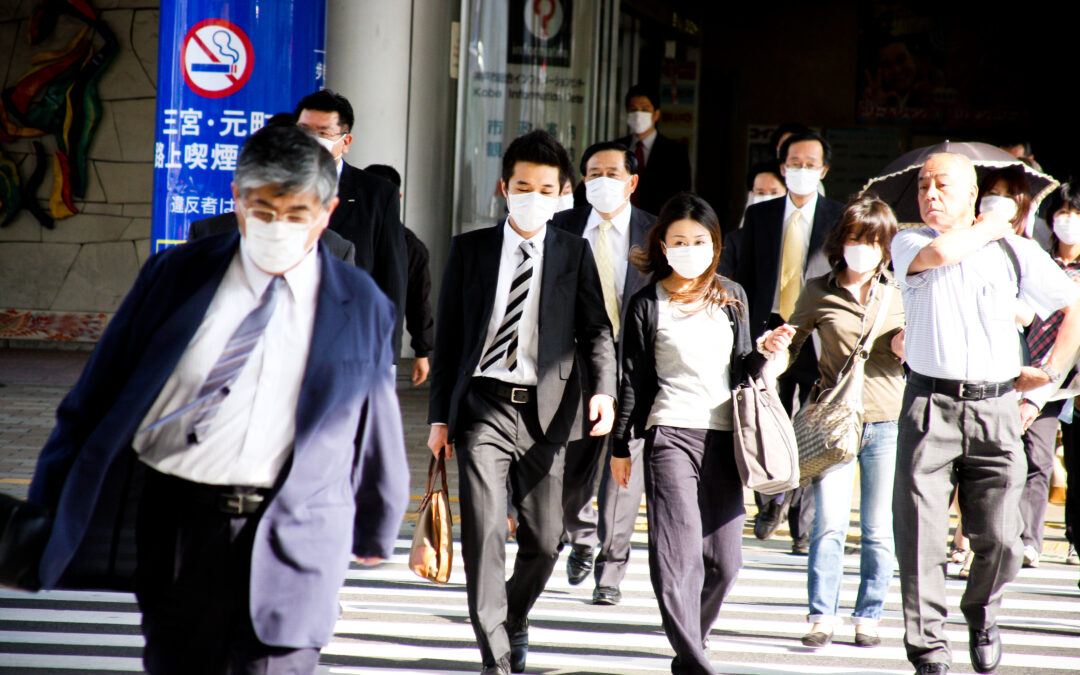WHAT TO THINK ABOUT THROUGH THE PROCUREMENT PROCESS.
During the current public health emergency posed by the Covid-19 pandemic and the shortage of medical telethermographic devices, the FDA announced that they “will not object to ‘Non-medical grade’ cameras being used for fever screening ‘triage’ during the emergency”.
These have been and continue to be unprecedented times and government agencies and other organizations are doing their best to respond to shortages of medical equipment during this crisis in order to save lives and contain contagion.
What does this mean in practical terms for adapting industrial thermal cameras for medical screening purposes?
What to consider… Access to equipment manufactured for industrial applications is a practical approach for addressing this immediate need however, there is a wide range of thermal imaging equipment to choose from and understanding equipment specifications and functions can be confusing when it comes to the specialized requirements for fever screening.
The potential dangers associated with ineffective screening or operation could result in high percentages of false negatives and a false sense of security, leading to breakdown of containment and continued spread of the virus.
So, what do you need to know when purchasing a system to help respond to this crisis?
THINK ABOUT PURPOSE. IS THE EQUIPMENT SUITABLE FOR MASS SCREENING OF MOVING CROWDS?
- Is the camera system already fit for purpose?
- Can the camera be adapted for purpose?
- What will deliver reliable results?
Accurate and effective fever screening, normally requiring medical grade thermal imaging equipment and protocols, can be achieved during this emergency with industrial equipment/software that meet minimum specifications, and can be adapted for fever screening.
The primary requirement is a camera that operates in the narrow range unique to the infrared emitted from the human body. Sufficient definition, thermal sensitivity, thermal accuracy, frame rate, optics, stability and software are all considerations.
Cameras that require extensive adaptation may not be suitable for fast, efficient deployment during this emergency.
CHECKLIST – Technical & commercial considerations
THINK ABOUT PURPOSE A LITTLE MORE…
High definition cameras are needed for first level screening of crowds on the move, and at varying distances.
Low definition equipment is less able to handle high volumes of people, e.g. passengers transiting through points of entry.
Low definition systems could be suitable for airport security with ‘choke points’ funneling passengers for screening one person at a time, close to the camera.
Making the right choice…
Low definition cameras can be used for secondary screening, or as a first level screen in close quarters (typically screening one person at a time).
As secondary screening can be done with tympanic (temperature taken in ear) or other thermometer methods which are much less expensive, thermal cameras may not be economic.
THINK ABOUT IMPLEMENTATION. WHO WILL SET UP THE SYSTEM?
Fast setup. Turn-key camera packages configured for fever screening should be ready to run with minimal setup and training. If a medical grade system is not available, ask questions about setup and adaptation.
Who will provide training on screening protocols?
Someone will need to set up the device correctly for the location/environment, crowd management, management of positive fever results, etc.
Who will configure the software and the hardware?
Someone with experience or appropriate training is needed to operate the system, with an understanding of how to set and adjust the threshold alarm throughout the day for accurate screening.
Is the software efficient, intuitive and easy to use?
Lower quality systems often process at slower speeds, so again, think about who you’re screening.
People need to be processed quickly to avoid creating bottlenecks and disgruntled lines.
THINK ABOUT COST. WHAT SHOULD YOU BE PAYING AND WHAT WILL YOU GET?
Medical grade systems typically cost between US$12,000 and $30,000 and will include reliable, fully configured and calibrated systems, as well as optional warranties, on-going support, and full training and certification.
Medical fever screening systems will have been tried-and-tested, so satisfy yourself about ‘claims’ for performance and regulatory compliance of non-medical grade systems.
What will you do with the system after the pandemic?
Systems designed for medical screening typically hold their value if properly maintained and calibrated, so they could be offered for re-sale as a medical device. Alternatively, systems can be donated to local health care providers.
Good quality brand name industrial thermal cameras also hold their value and can be re-sold into the industrial market.
It is worth noting that the FDA HAVE LIFTED MEDICAL DEVICE REGULATORY REQUIREMENTS FOR FEVER SCREENING THERMAL SYSTEMS FOR THE DURATION OF THIS MEDICAL EMERGENCY. After the emergency, fever screening equipment will again need to be FDA registered and compliant.


Recent Comments